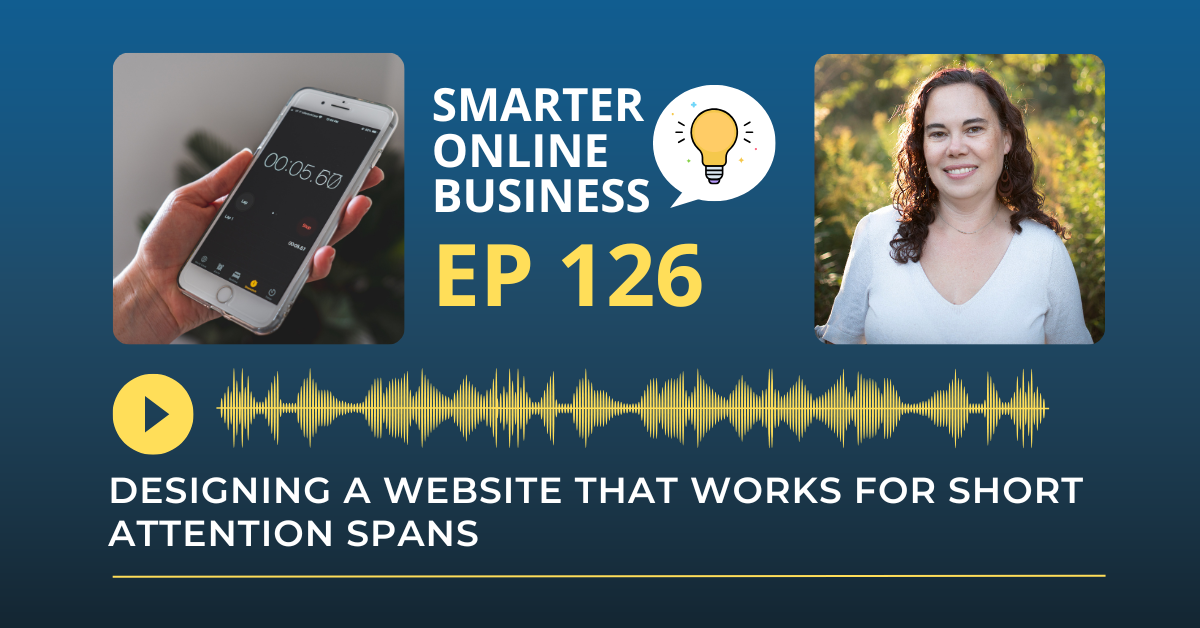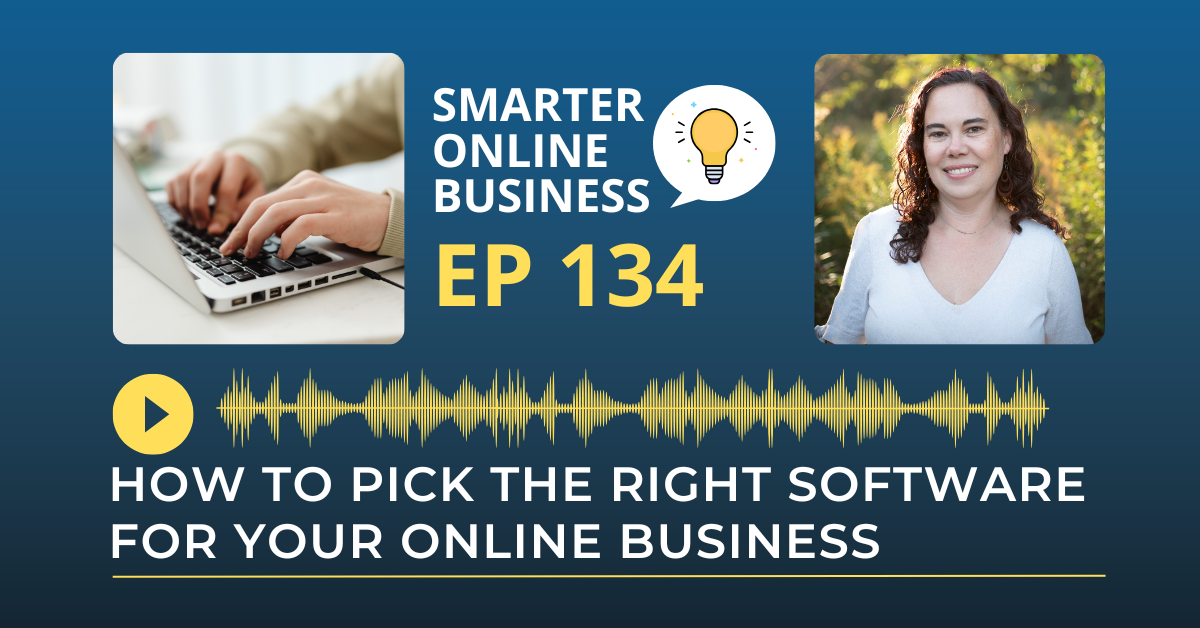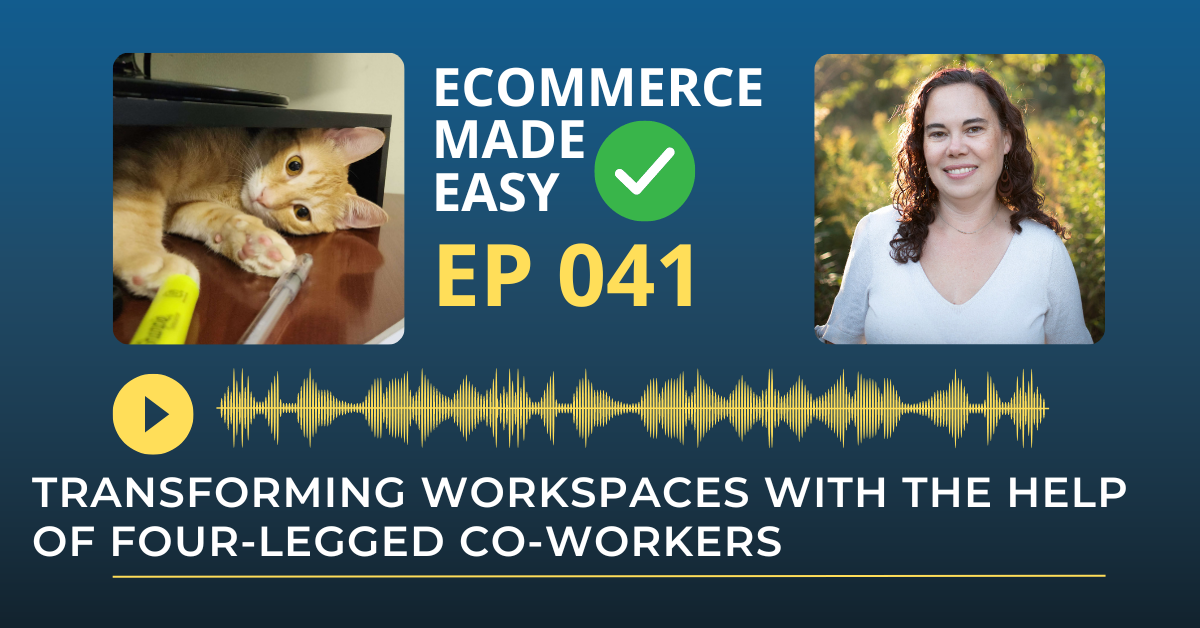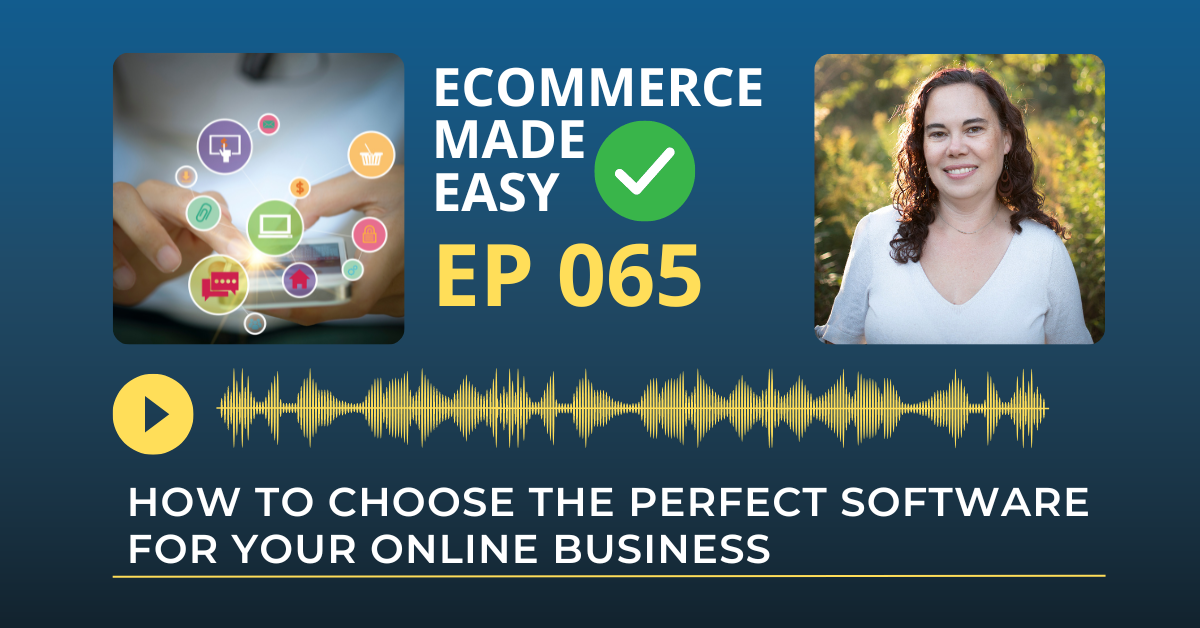Did you know most people decide whether to stay or leave your website in less than 8 seconds?
We live in the scroll-and-scan era—and if your site doesn’t catch attention fast, you’re losing potential clients before they ever read a word.
In this episode, I’m sharing exactly how to design your website for short attention spans—so you can turn more skimmers into shoppers.
Whether you sell services, courses, or products, these strategies will help your website work smarter (and convert faster).
Let’s Recap: Designing a Website That Works for Short Attention Spans
In today’s digital landscape, capturing and maintaining attention has become more challenging than ever. Did you know that most people decide whether to stay or leave your website in less than eight seconds? This staggeringly brief window means that if your site doesn’t immediately communicate value, you’re losing potential clients before they’ve read a single word.
We’ve officially entered what I call the “scroll and scan era,” where visitors skim content rather than reading it thoroughly, making the visual structure of your website more critical than ever before.
Why Traditional Website Design No Longer Works
Understanding this shift in online behavior requires reimagining how we approach website design and content presentation. The traditional approach of information-dense pages simply doesn’t work anymore.
Instead, your website must immediately communicate four essential elements:
- Who you are
- What you do
- Who you serve
- What action visitors should take next
If your site buries this crucial information beneath walls of text or confusing navigation, visitors will bounce before discovering your offer – no matter how valuable it might be. This represents a significant “wallet tax” on your business: lost revenue due to design choices that don’t align with modern browsing behaviors.
Building a Website That Guides Visitors
Creating a website that converts in this environment requires implementing a clear visual hierarchy that functions like a funnel, guiding visitors toward your desired conversion goals.
Start with powerful headlines (H1s and H2s) that speak directly to pain points or transformations your audience seeks. Support these with scannable, concise paragraphs or bullet points that elaborate just enough without overwhelming.
Your call-to-action buttons should:
- Stand out visually with a contrasting third brand color
- Be instantly recognizable as clickable elements
Strategic use of white space is equally important. Just as a clean desk reduces mental overwhelm, white space on your website creates visual breathing room and naturally draws attention to your CTAs and key messages.
Mobile First: Why It’s No Longer Optional
Mobile optimization has moved beyond being optional to absolutely essential for business survival. With over half of web traffic coming from mobile devices, your site must be designed with these users as the priority.
This means:
- Buttons are thumb-friendly
- Headlines appear above the fold on small screens
- Load speeds are lightning-fast
Many business owners make the mistake of designing for desktop first, uploading beautiful but heavy images that look great on large screens but create frustrating experiences on phones. Remember: visitors shouldn’t need to scroll through multiple screens to understand your basic offering. A stunning desktop experience means nothing if your mobile version drives visitors away.
Two Simple Tests to Evaluate Your Website
To objectively evaluate your website’s effectiveness, I recommend two simple tests:
- The Squint Test
Squint at your website and see if you can still identify where your eyes should be drawn. If the visual hierarchy disappears when squinting, it’s time for a layout update. - The 10-Second Skim Test
Conduct this with someone unfamiliar with your business. Give them just ten seconds on your homepage and ask them to identify what you offer, who it’s for, and what action they should take next.
If they can’t answer these questions clearly in that brief window, neither will your actual visitors.
Turning Scanners into Customers
These simple diagnostics can reveal whether your website is truly optimized for today’s scanning, skimming visitors. More importantly, they provide clear direction on what elements need immediate attention to transform more of those quick-scrolling visitors into engaged, paying customers.
Rate, Review, & Follow on Apple Podcasts
If you’re loving my eCommerce Made Easy Podcast, I’d be thrilled if you could rate and review the show on Apple Podcasts. Your ratings and reviews help me reach more listeners and empower more people like you to thrive in the online business world.
Just click here to head over to Apple Podcasts, scroll down, give us a five-star rating, and share what you enjoyed most about the episode in the “Write a Review” section.
If you haven’t hit that follow button yet, now’s the perfect time! I have new episodes coming your way every week that you won’t want to miss. Hit the follow button and stay up to date with the eCommerce Made Easy Podcast! Follow Now!




